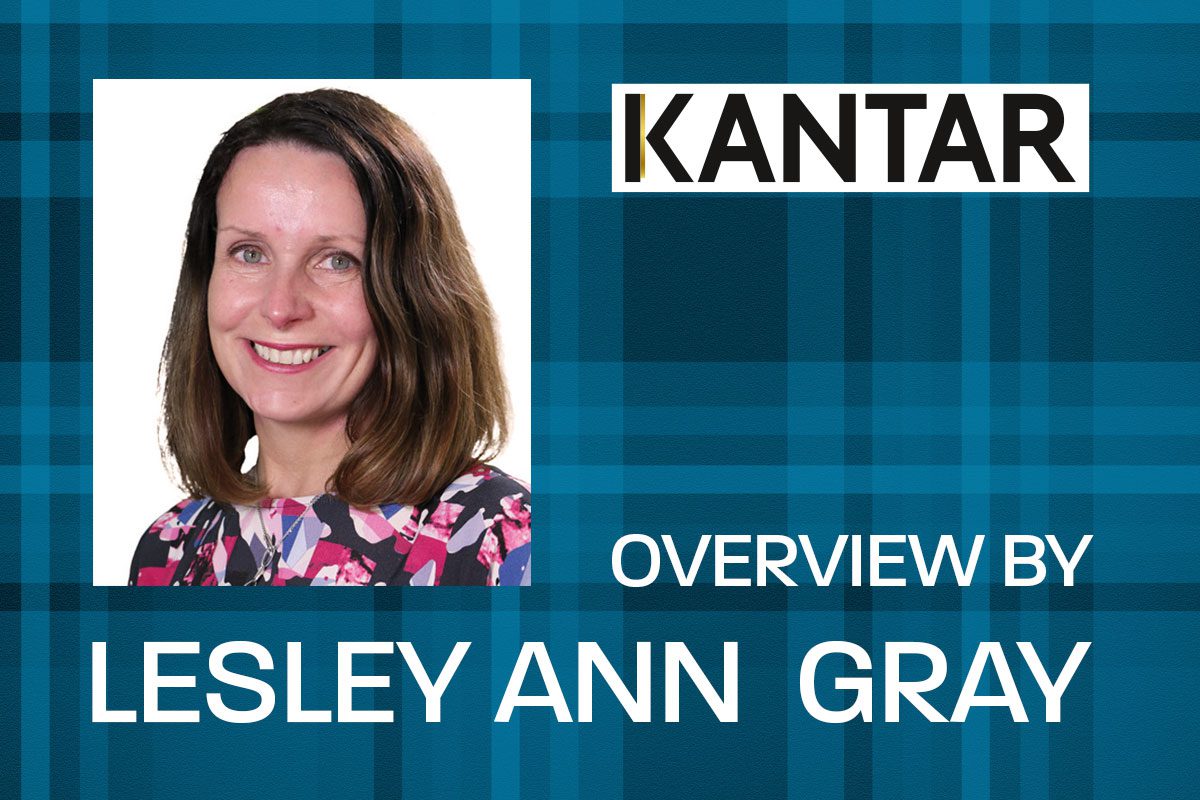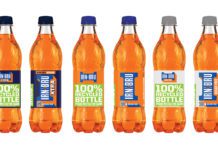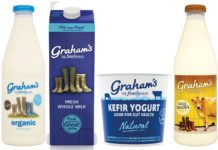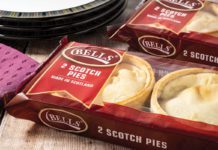Scotland’s top 10 alcohol brands in 2022 include drams from three distilleries new to the listing
Lesley Ann Gray, strategic lead for Scotland at market research company Kantar – which provides the listing of the top 50 Scottish nonalcohol brands in Scotland and the top 10 Scottish alcohol brands in Scotland, analyses the year for the leading Scottish brands in Scottish food and drink retailing.
SCOTLAND’S top five alcohol brands have remained in the same positions in 2022 as they were the year before.
Meanwhile, in the battle of the craft beer makers, BrewDog and Innis & Gunn traded places.
But, in an eye-catching move, malt whiskies are obviously back in favour with Scottish consumers as three of them make up the final trio of places in our top 10.
Jura, Tamnavulin and Glenlivet take their positions in the top 10 for the first time, while the top three is dominated by the giants of Tennent’s, Famous Grouse and Whyte & Mackay.
Christmas spending behaviours
And with the festive season almost here, it will be interesting to see what all of the economic turmoil means for Christmas and Hogmanay trading for both alcohol and other products.
Usually, it is a time of year where, in addition to buying more volume, shoppers normally spend more versus the rest of year, they trade up and also visit more stores.
These are all behaviours that are good for the convenience sector but will likely cost customers more this year than in previous years.
World Cup alcohol sales
The additional disruptor for the trade this year will be the football World Cup in Qatar.
All previous research on such events point to an increase in sales when these take place – especially for categories such as beer and snacks.
However, while it is not unusual for Scotland not to be playing, what isn’t normal is for the games to take place during a cold dark winter when a cool beer doesn’t perhaps have the same appeal. Interesting times indeed.
Consumers less sustainably minded
The cost-of-living pressures have also impacted on some of the emerging trends we have seen with regards to the environment.
Just over a year ago, COP26 took place in Glasgow and how quickly behaviours move on – even with DRS due to come into force in August, which will affect drink producers, retailers and customers.
Our latest research shows that consumers’ commitment to the environment has declined and the number of British shoppers who describe themselves as eco-active has dropped from 27 to 24%. This follows the global trend.
In addition, 45% of GB respondents to our annual survey have found it more difficult to act sustainably due to financial or social pressures and this is a global trend that is impacting those under 35 the most.
Supermarkets remain market leaders
Across the whole grocery retail sector, it is still worth noting that the biggest channel is still supermarkets, who account for just over half shoppers’ spend on groceries at 53p in every £1 spent.
With price being the focus for shoppers, we have seen the two main discounters – Aldi and Lidl – benefit from double digit growth. Aldi and Lidl’s growth is being driven by attracting new shoppers to their stores, which is something the mainstream retailers are struggling to achieve, so expect many more loyalty-focused schemes and price matching to come.
Morrisons continues to lose share and while Tesco has lost several share points in Scotland, it still takes 27p in every £1 and it will aim to regain all lost ground in 2023.
Finally, returning to the theme of events, suppliers are already looking ahead to the big event of next year – the King’s Coronation on 6 May – and planning how best to celebrate this and maximise the opportunity.



















